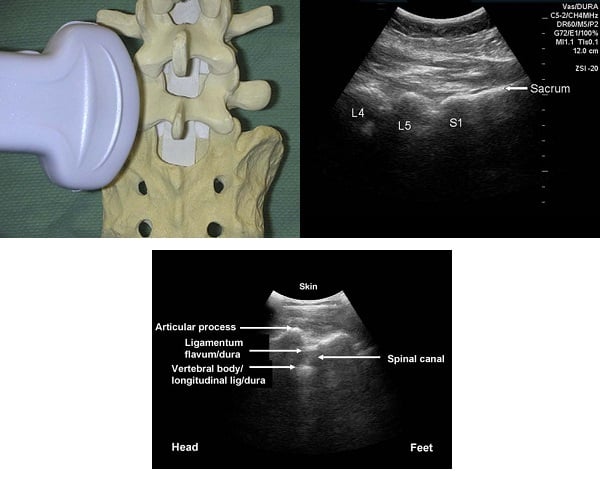- Joined
- Nov 11, 2012
- Messages
- 2,306
- Reaction score
- 1,589
- Points
- 5,726
- Attending Physician
On another forum I saw a thread that mentioned unsuccessful attempts to place an epidural in OB due to being off center. When you get an extremely obese patient where you are unable to palpate or see any landmarks I always found it useful to ask the patient to point to the center of their back. They would unerringly point to the midline. Hope this helps someone at 4 a.m.


